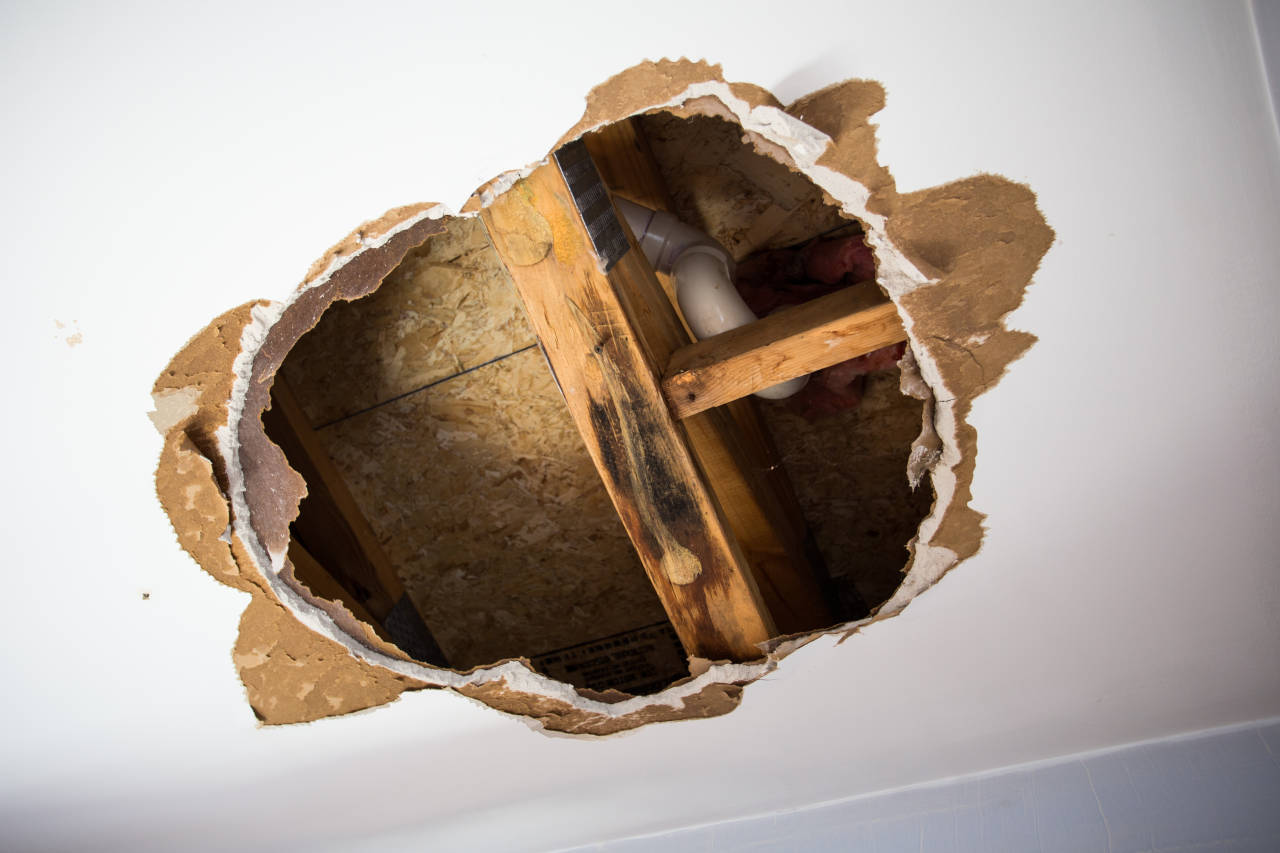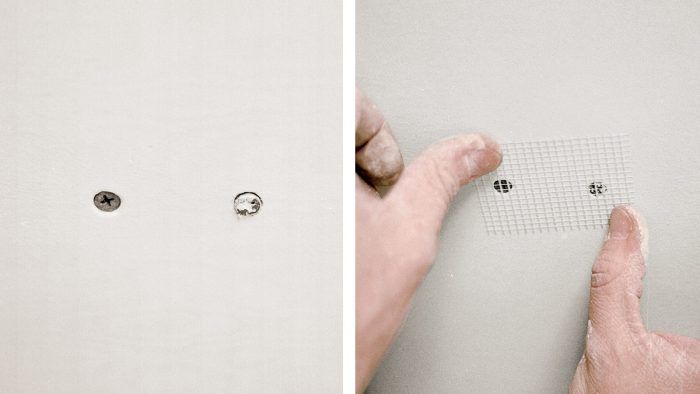Discover the best methods to upgrade your home’s look with Drywall Repair Ogden UT and skilled painting services.
Necessary Tips for Effective Drywall Repair and Installation Techniques
Efficient drywall repair and setup calls for a careful strategy. Recognizing the sorts of drywall and having the right tools is vital. Accurate measurements and appropriate strategies can considerably affect the result. Many ignore vital actions like taping and sanding, which can make or break the last appearance. As jobs advance, common challenges might emerge that require attention. Exploring these pointers can result in a more effective and refined finish.
Understanding Different Kinds Of Drywall
Understanding the various sorts of drywall is necessary for any type of effective repair service or setup task. Drywall, commonly called plaster board, comes in several selections tailored for particular applications. Requirement drywall is the most extensively utilized kind, perfect for general interior walls and ceilings. Moisture-resistant drywall, frequently environment-friendly in color, is made for areas vulnerable to humidity, such as washrooms and kitchens. Fire-resistant drywall, usually tinted pink or purple, is crafted to withstand greater temperature levels and is often utilized in garages or near heaters. Additionally, soundproof drywall helps in reducing sound transmission, making it suitable for multi-family homes or tape-recording studios. Specialized drywall, like cement board, is made use of in damp areas like showers or bathtub surrounds. Understanding these kinds aids in choosing the best product for each job, making sure durability and efficiency out of commission or new installments.
Necessary Devices for Drywall Repair and Setup
Having the right devices is vital for efficient drywall repair and setup. A high quality utility knife is critical for reducing drywall sheets precisely. A drywall T-square assists guarantee straight edges, while a taping blade is necessary for using joint substance smoothly over joints. Additionally, a drywall saw enables eliminating damaged areas or fitting drywall around fixtures.
For hanging drywall, a power drill with drywall screws is vital, as it allows protected and fast installment. A level is likewise essential to validate that the drywall is straight and properly lined up. A fining sand block or pole sander is vital for raveling joint compound once it has actually dried. A gauging tape is critical for precise dimensions, stopping waste and ensuring an appropriate fit. Furnished with these tools, people can deal with drywall projects properly, resulting in professional-looking results.
Step-by-Step Guide to Fixing Holes and Cracks
When dealing with holes and fractures in drywall, having the right devices and materials is crucial for a successful repair. This overview outlines the needed items and supplies a clear, detailed process to effectively recover the surface. Comprehending these aspects will certainly assist ensure a seamless surface and resilient results.
Devices and Materials Needed
A fully equipped toolkit is crucial for effective drywall repair service and installation. Key tools include an utility blade for reducing drywall, a measuring tape to guarantee precise sizing, and a drywall saw for bigger holes. A putty blade is necessary for applying joint compound smoothly, while a sanding block or pole sander assists attain a smooth finish. For patching, a roll of fiberglass mesh tape or paper tape is necessary to enhance joints. Additionally, a drill and screws are needed for safeguarding new drywall items. Important products include joint substance, primer, and paint to complete the repair service. Having these devices and products on hand ensures a smoother, much more efficient repair procedure, producing professional-looking outcomes.
Fixing Process Actions
Fixing openings and fractures in drywall needs a methodical technique to assure a seamless coating. Initially, the location bordering the damages must be cleaned thoroughly to remove dirt and debris. Next off, for little cracks, a putty blade is utilized to apply a joint compound evenly over the location. For larger openings, a spot is necessary; the harmed area is removed, and a new piece of drywall is fitted in place, safeguarded with screws. When the spot remains in placement, joint substance is related to mix the sides. After drying out, fining sand the area smooth is crucial. The repaired surface area ought to be keyed and painted to match the surrounding wall, guaranteeing an inconspicuous repair.
Methods for Putting Up Drywall Panels
Installing drywall panels needs cautious preparation and accurate execution to guarantee a smooth and specialist coating. It is essential to determine the wall room precisely and cut the panels to fit, making sure that they straighten with the studs. Positioning the panels horizontally is generally recommended, as this can improve the structural honesty and minimize the variety of joints.
Making use of drywall screws, installers should protect the panels every 16 inches along the studs, guaranteeing a company hold. It is essential to avoid overdriving the screws, which can harm the paper surface. For sides and corners, making use of an energy blade permits clean cuts and a snug fit.

Ending Up Touches: Insulation, Mudding, and Fining sand
As soon as the drywall panels are safely in position, the next important step includes the finishing touches of taping, mudding, and sanding. Taping is vital for developing a seamless shift in between panels and hiding joints. A top quality drywall tape, either paper or fiberglass fit together, must be applied over the joints, guaranteeing it sticks appropriately to the mud that will be used next.
Mudding, or using joint substance, follows the taping procedure. This compound fills up gaps and ravel the surface area. A very first coat needs to be applied kindly, feathering the edges to blend with the drywall. After the preliminary layer dries, succeeding layers might be needed Homepage for a perfect finish.
Sanding is necessary to attain a smooth surface area. A fine-grit sandpaper needs to be made use of to carefully smooth out any type of flaws. Treatment should be required to stay clear of over-sanding, which can harm the drywall - drywall contractors. Effectively performed, these ending up touches develop an expert look all set for painting
Tips for Preserving Your Drywall After Installment
Maintaining drywall after installation is vital to preserving its look and architectural stability. Normal cleansing is needed; dirt and dust can accumulate, so gentle cleaning with a damp towel is advised. Property owners should also evaluate for any signs of dampness or mold and mildew, specifically in high-humidity locations like cooking areas and washrooms. If any type of damage takes place, it is necessary to resolve it immediately to stop more concerns.
Making use of furniture pads can assist protect against scratches or dents from hefty items. Furthermore, repainting the drywall with a premium, cleanable paint provides an extra layer of defense and makes future cleaning simpler. Stay clear of making use of unpleasant cleansers or devices, as these can harm the surface area. Ultimately, keeping a steady interior climate with appropriate moisture degrees will help prevent splitting or contorting over time. By complying with these ideas, one can ensure that drywall stays in exceptional problem for many years to come.
Often Asked Concerns
How Long Does Drywall Take to Completely Dry After Setup?

Can I Mount Drywall Over Existing Drywall?
Yes, drywall can be mounted over existing drywall, but it is necessary to ensure the underlying surface is safe and secure and effectively prepared. This method can boost insulation and minimize installation time, though it might add weight.
What Is the most effective Method to Soundproof Drywall?
The my link very best way to soundproof drywall includes using specialized soundproofing products, such as resistant networks, acoustic caulk, and sound-dampening drywall. These techniques properly decrease audio transmission in between spaces, boosting total acoustic performance in living areas.
How Do I Pick the Right Drywall Density?
To select the best drywall density, take into consideration the application and place. Requirement domestic walls generally use 1/2 inch, while ceilings or specialized locations might call for 5/8 inch for additional strength and soundproofing capacities.
Exist Eco-Friendly Drywall Options Available?
Yes, eco-friendly drywall options are available. These include items made from recycled materials, gypsum boards with low unstable natural compounds (VOCs), and those using lasting manufacturing processes, providing environmentally-conscious options for construction and renovation tasks.
Having the right tools is vital for efficient drywall repair service and setup. For hanging drywall, a power drill with drywall screws is crucial, as it enables quick and safe and secure setup. Key tools include an energy blade for reducing drywall, a tape step to assure accurate sizing, and a drywall saw for larger openings. Yes, drywall can be installed over existing drywall, however it is vital to ensure the underlying surface is secure and effectively prepared. The ideal way to soundproof drywall entails making use of specialized soundproofing products, such as durable channels, acoustic caulk, and sound-dampening drywall.